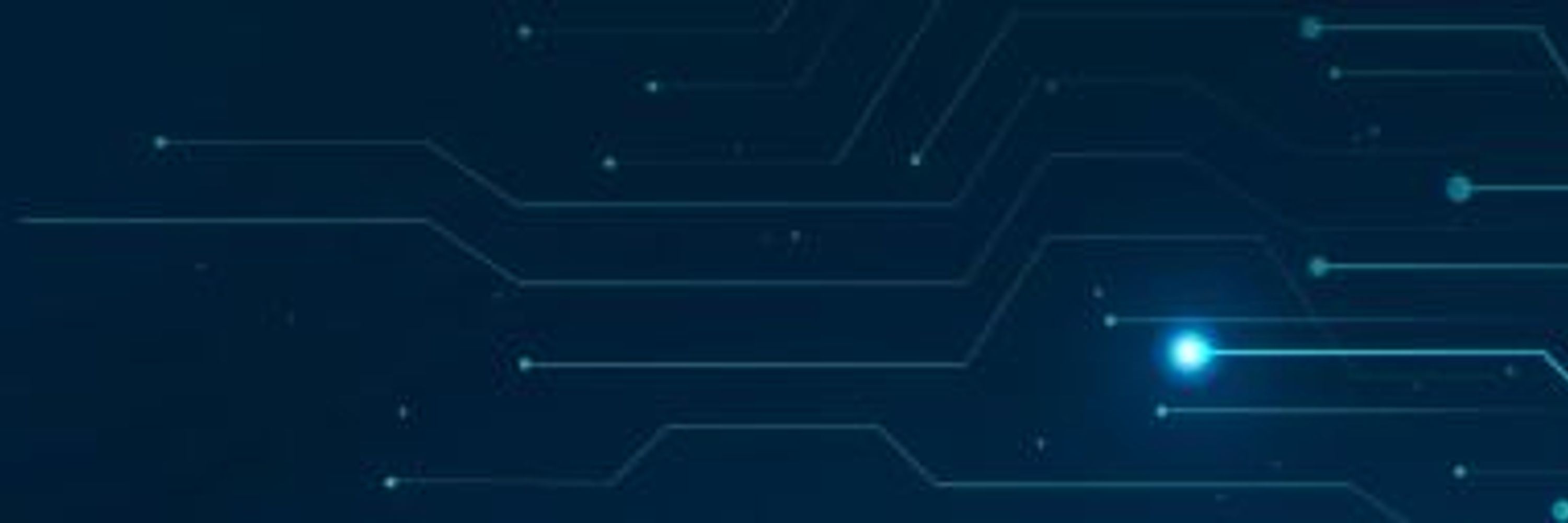BIFOLD Berlin Institute for the Foundations of Learning and Data
@bifold.berlin
1.2K followers
5.3K following
200 posts
Groundbreaking foundational research in Big Data Management, Machine Learning, and their intersection. #AI #Research
www.bifold.berlin
📰News: www.bifold.berlin/news-events/news
🔑Data Privacy: www.bifold.berlin/data-privacy
Posts
Media
Videos
Starter Packs
Reposted by BIFOLD Berlin Institute for the Foundations of Learning and Data
Reposted by BIFOLD Berlin Institute for the Foundations of Learning and Data
Reposted by BIFOLD Berlin Institute for the Foundations of Learning and Data
Reposted by BIFOLD Berlin Institute for the Foundations of Learning and Data
Reposted by BIFOLD Berlin Institute for the Foundations of Learning and Data
Reposted by BIFOLD Berlin Institute for the Foundations of Learning and Data










